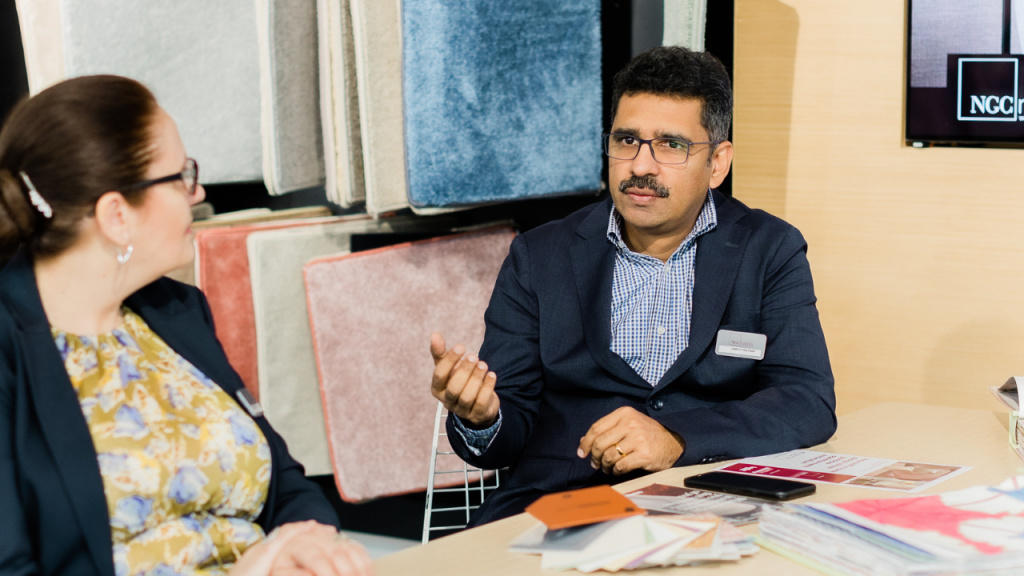Please complete the form.
Fields marked with an asterisk * are required.
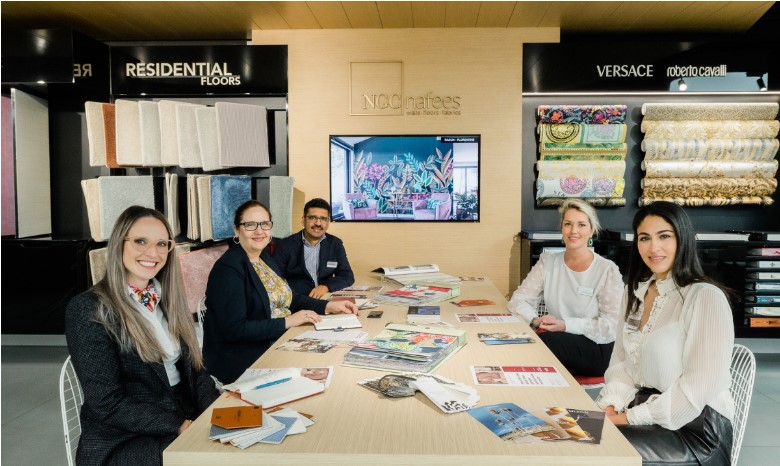
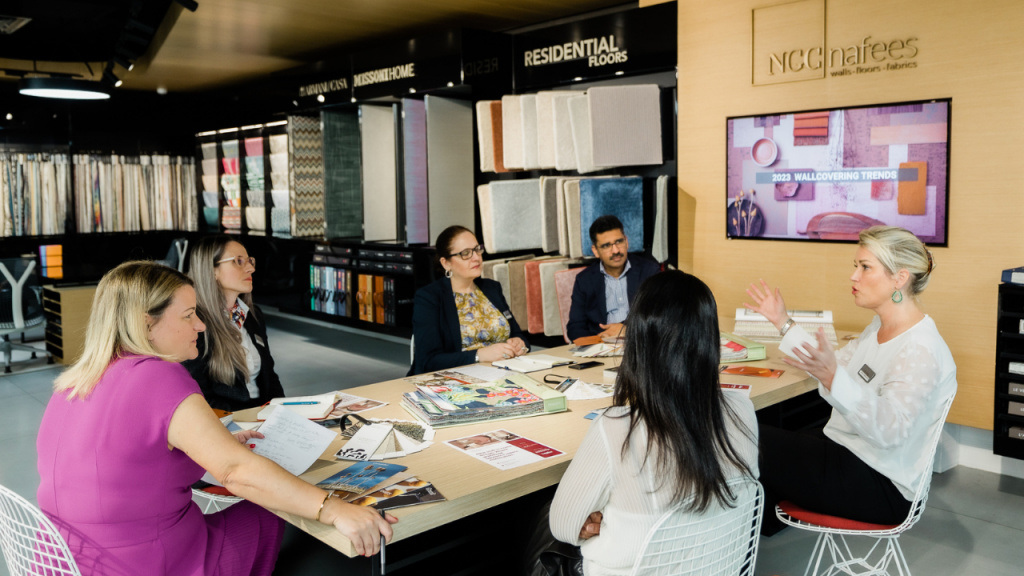
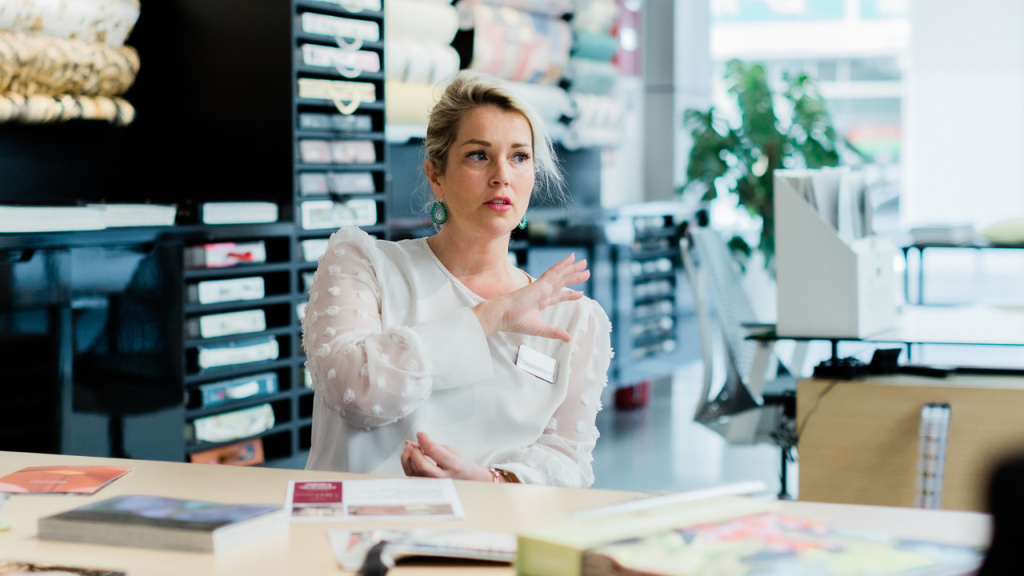 Hannah Bower Brooks, CEO & Co-founder, Cherwell Interiors. Image supplied
Hannah Bower Brooks, CEO & Co-founder, Cherwell Interiors. Image supplied Lara Francis El Hani, Senior Manager ID, Kling Consult.
Lara Francis El Hani, Senior Manager ID, Kling Consult.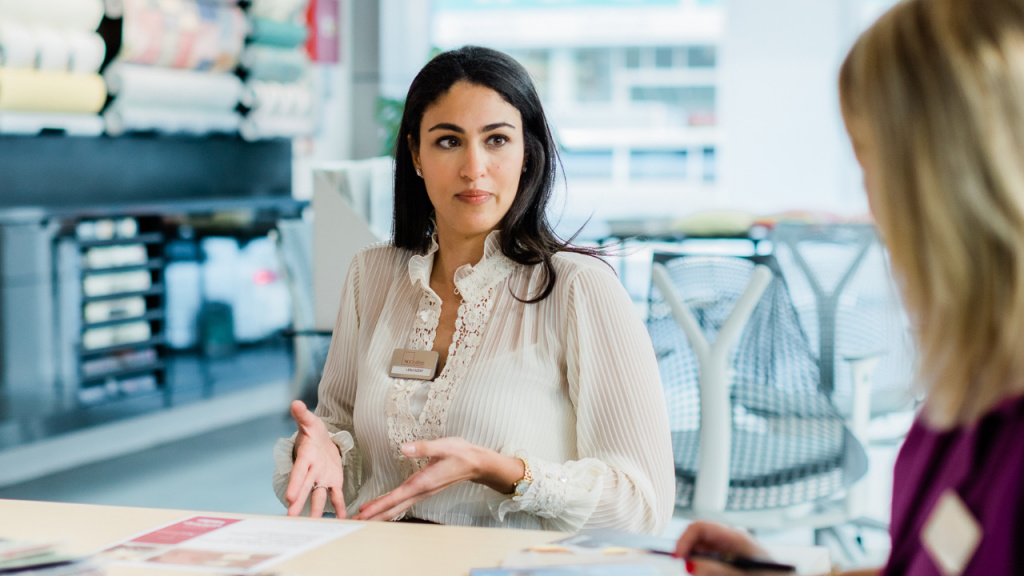 Leali Ezzat, Founder & Design Director, ELE Interior.
Leali Ezzat, Founder & Design Director, ELE Interior.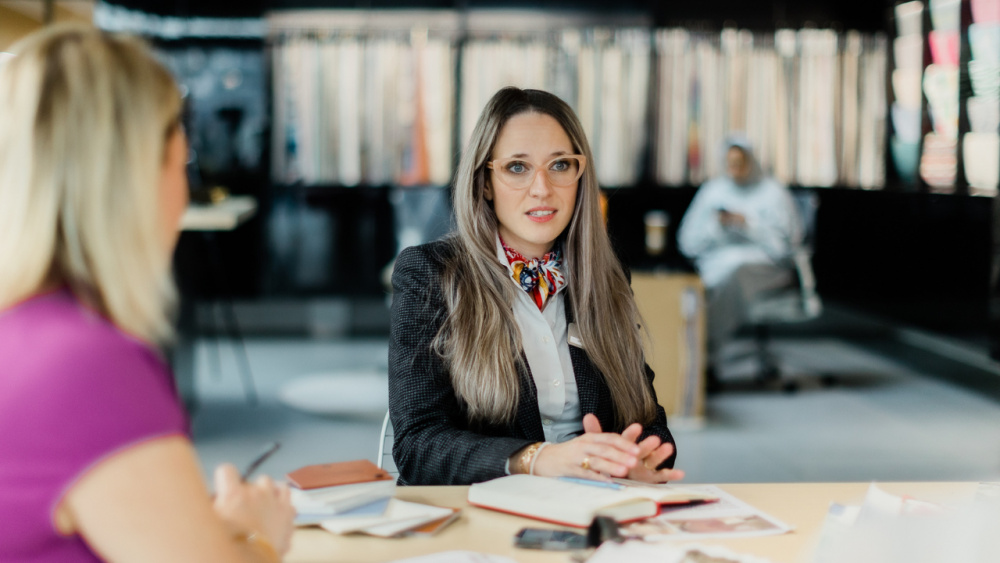 Grammatikki Zamani, Founder, Kiklos Architects.
Grammatikki Zamani, Founder, Kiklos Architects.